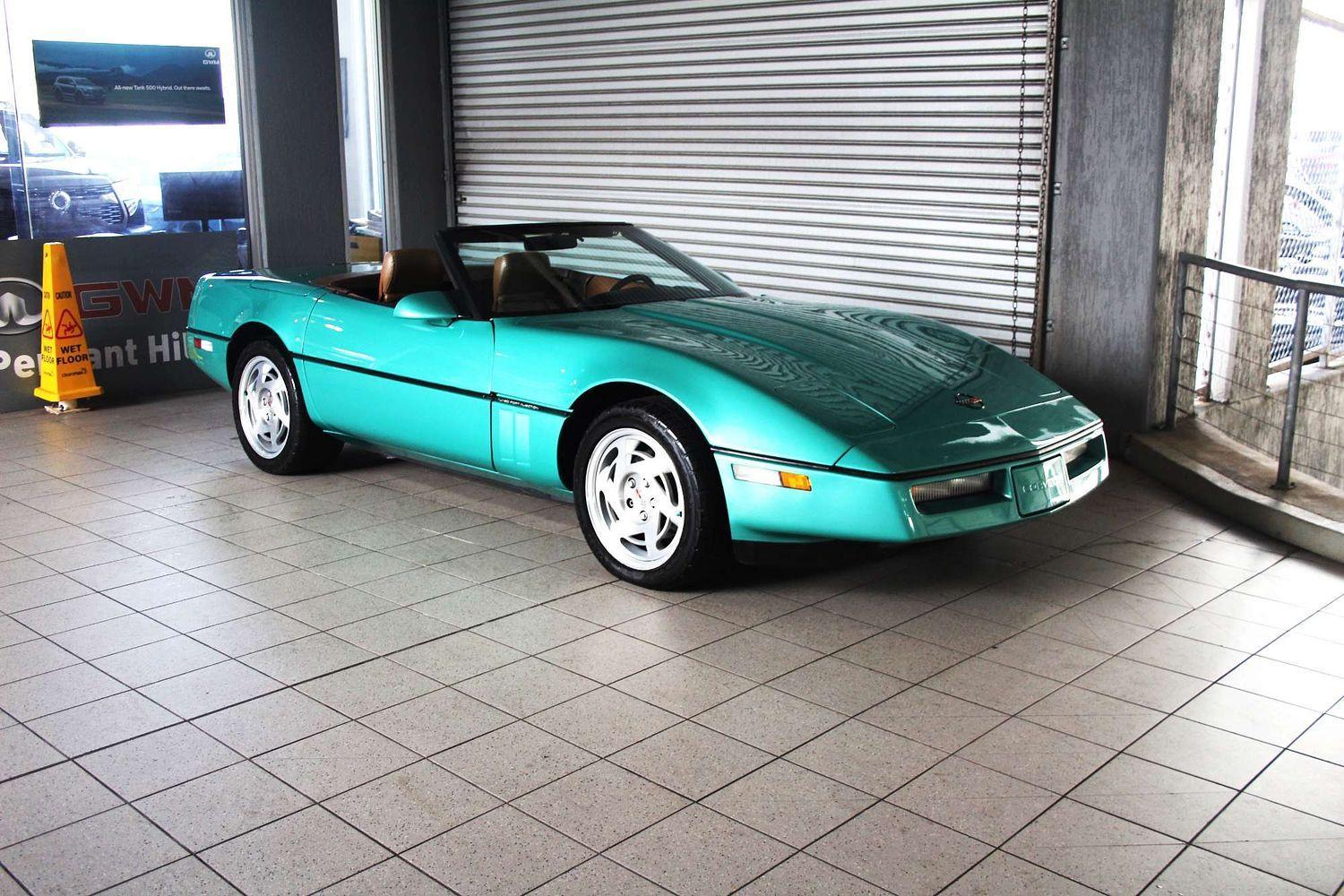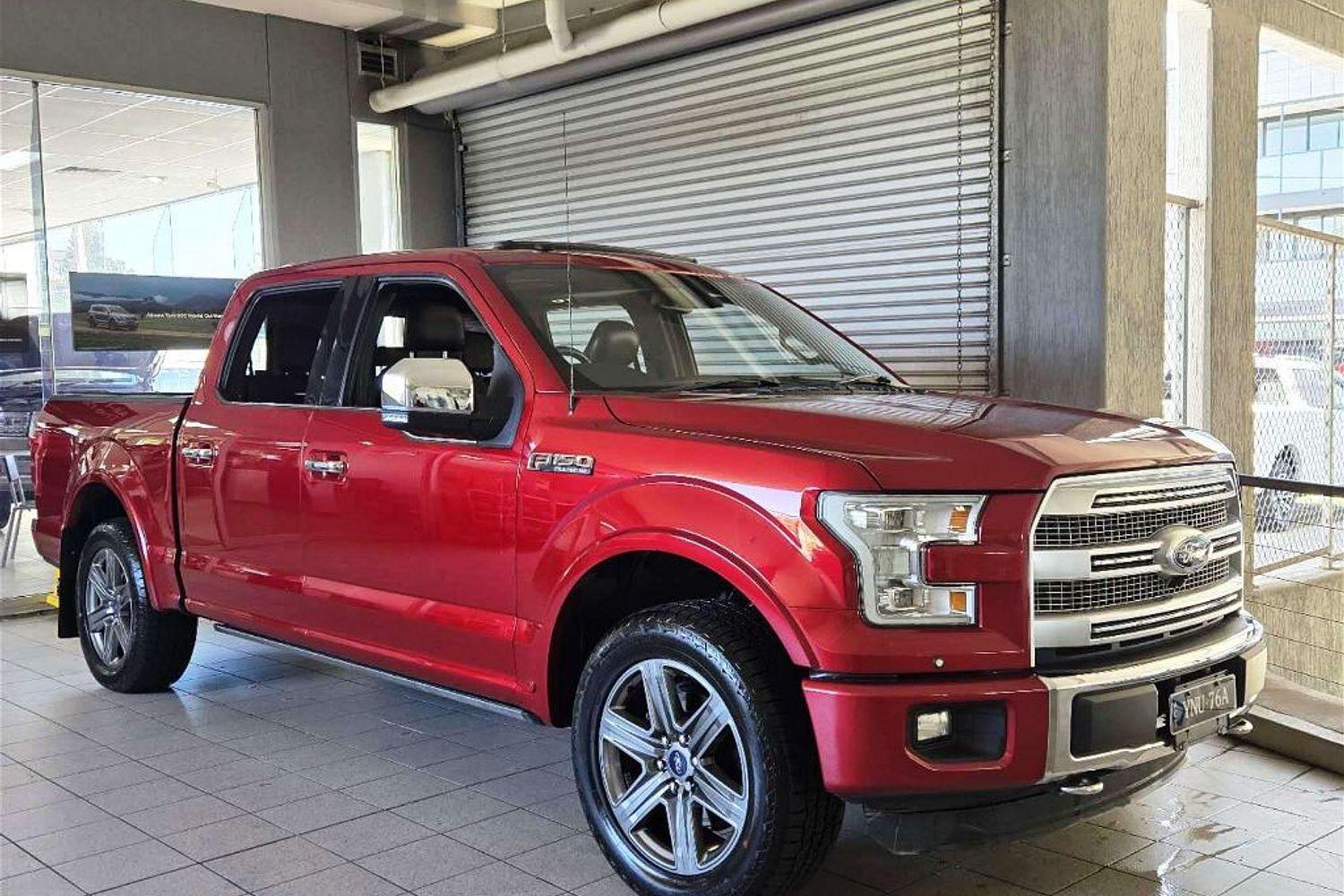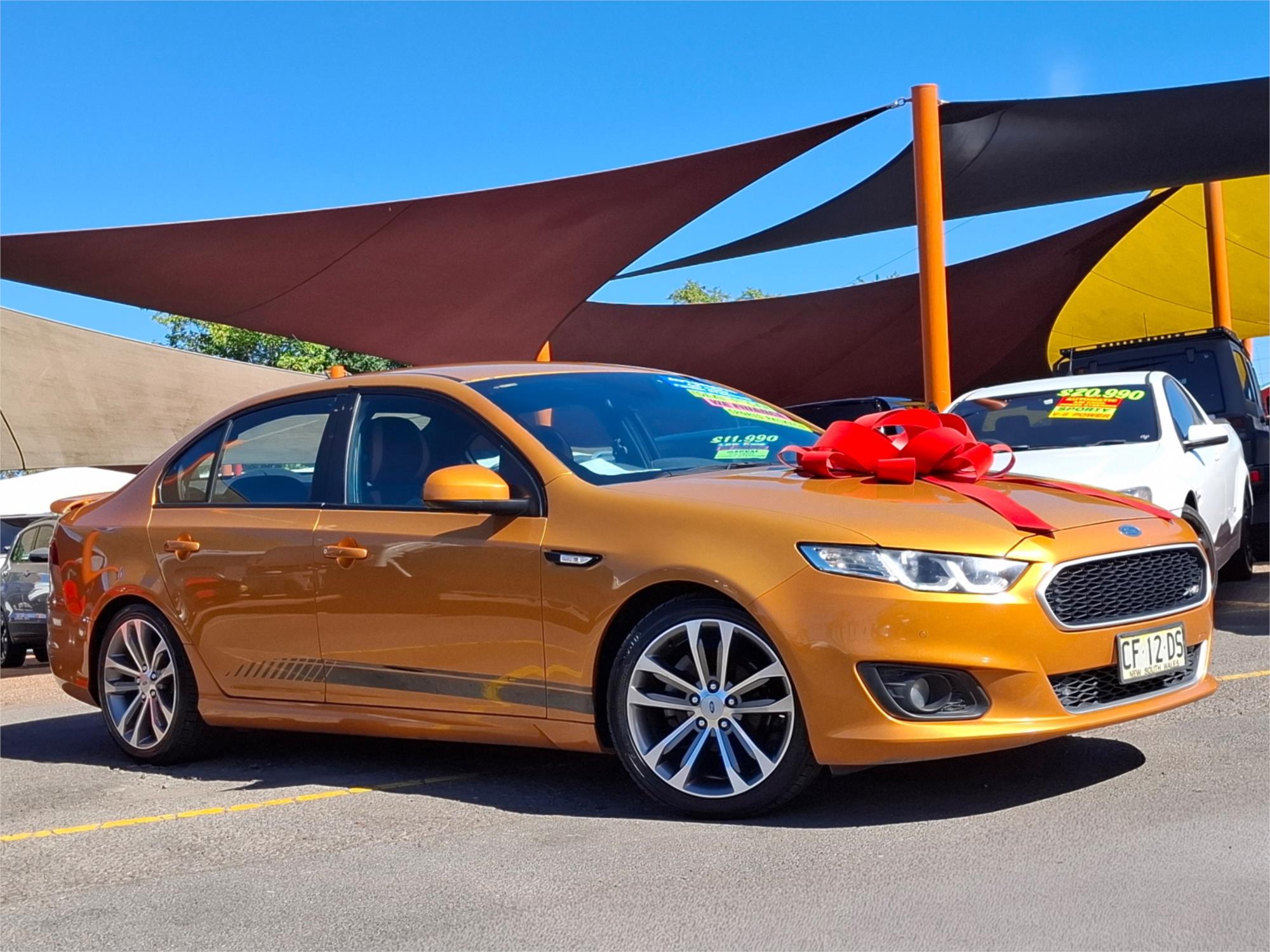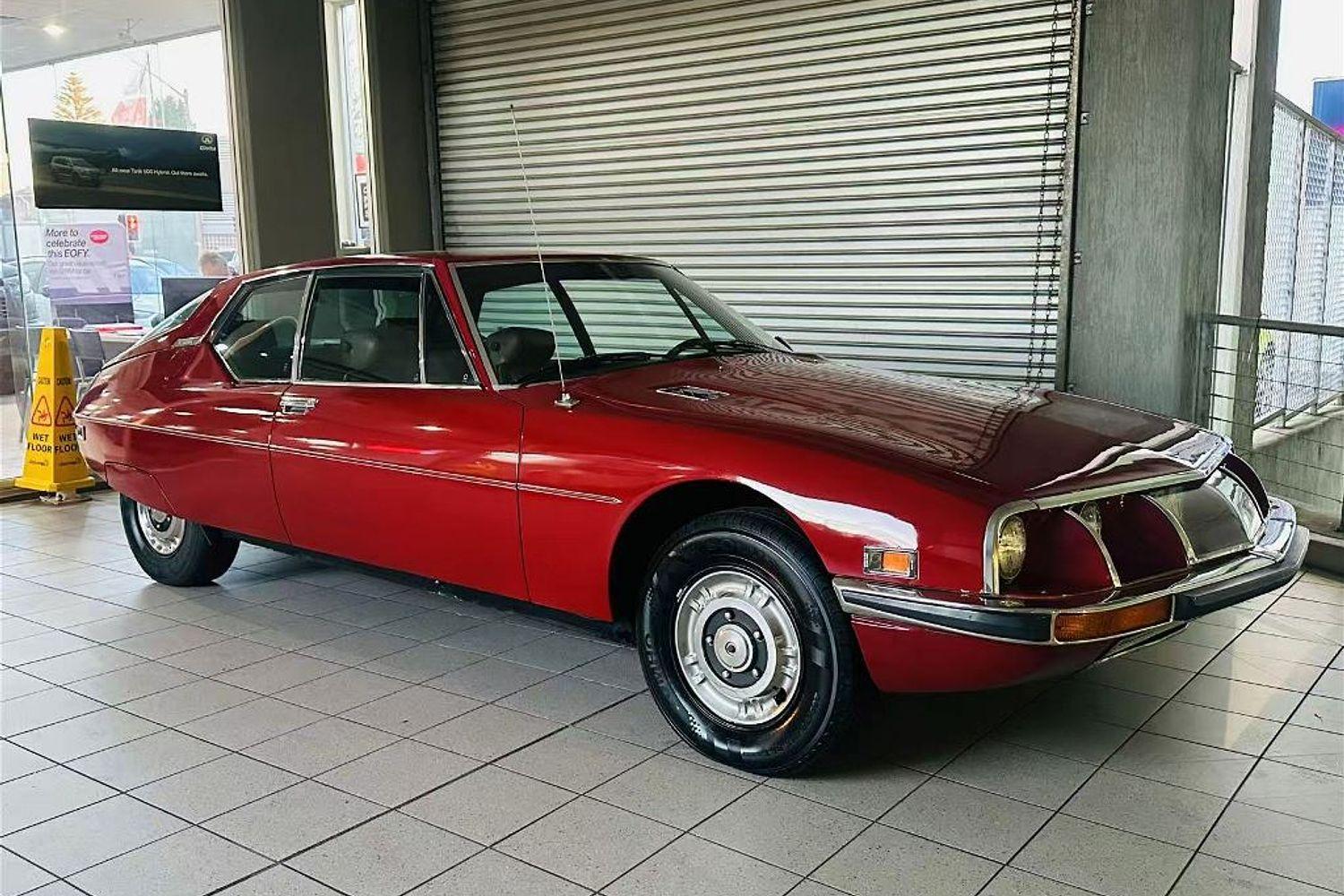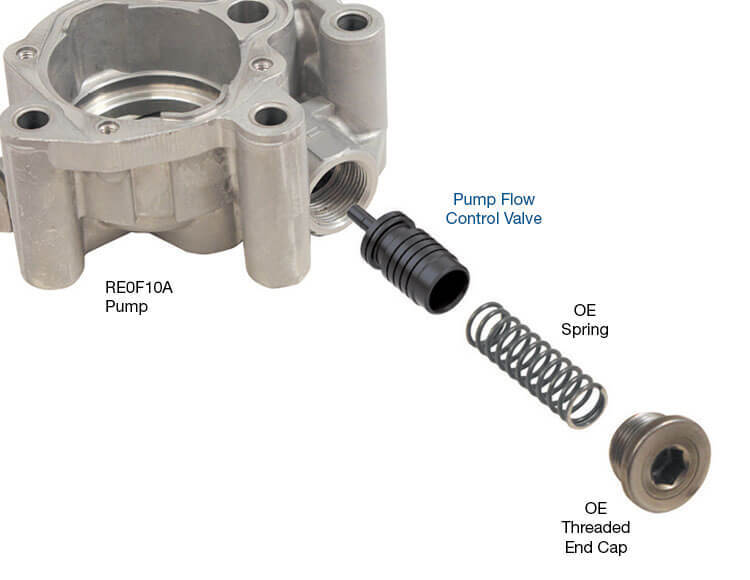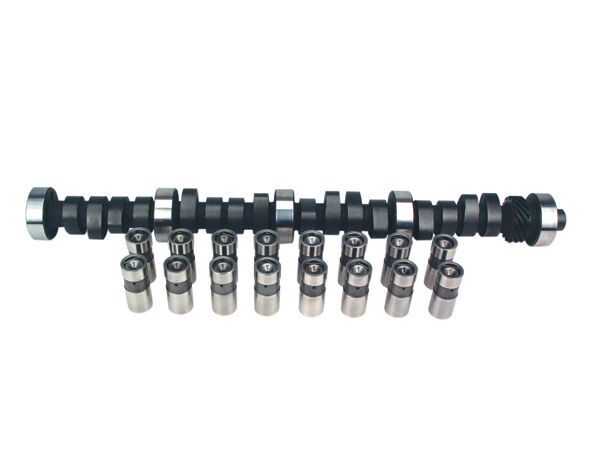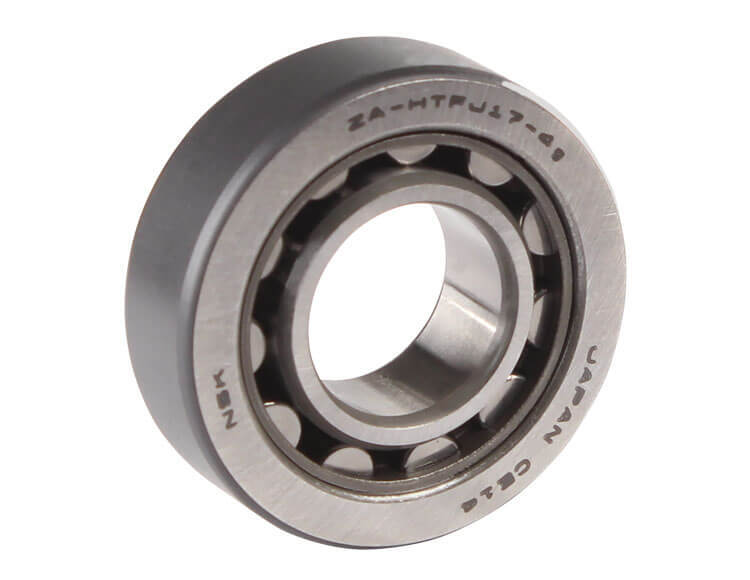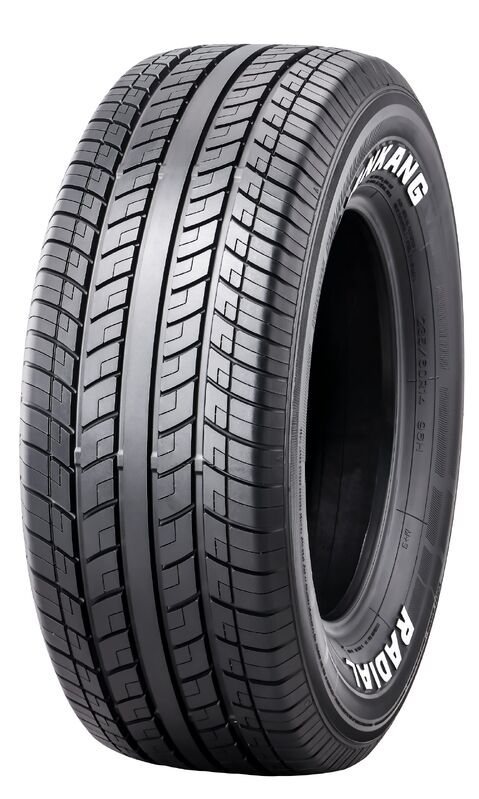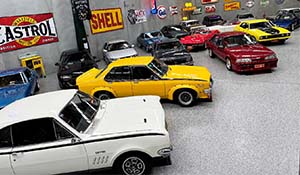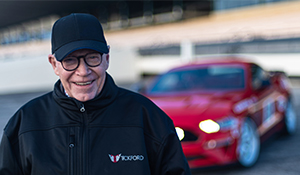1998 Subaru Impreza WRX Review
Subaru had GX, LX and RX model Imprezas, but for performance car enthusiasts, there was only one - the WRX. While the GX, LX and RX were all normally aspirated, the WRX was turbocharged, using technology already developed on the Legacy and (non-Impreza) RX Turbo models. Launched in Japan in 1992, Australians got their first taste of the WRX when the 1994 models were released in late 1993. Before it was released, the hype surrounding the WRX had whetted a lot of appetites. Overwhelmingly positive reviews for the new car when it finally did arrive combined with great word of mouth and subsequent WRC success made the WRX highly desirable. For the level of performance it offered, the Impreza WRX was quite cheap, too, which made it even more attractive.
Officially called 'Version IV', the 1998 model was a mild evolution of the major change that had been introduced in 1997. For that model year, the engine was significantly altered - the first major overhaul since its introduction in 1992. This also reflected changes in WRC rules that no longer required manufacturers to produce five thousand roadgoing versions of their race cars. The most significant change was the introduction of a smaller turbocharger, a Mitsubishi TD05H unit that was around the same size as the IHI turbo used on Subaru's Liberty model. The new package delivered an added bonus of increased torque - 290Nm, compared to 270Nm - over the previous model. 1997 also marked the introduction of a 4-speed automatic gearbox - the first time an auto had been offered on a locally-delivered WRX. Body styles remained unchanged for 1998, with the WRX available as a four-door sedan or a four-door "hatchback" which looked more like a wagon. Exterior colours were the same as 1997 - white, bright red, dark green, blue (curiously called 'reddish blue' in period literature) and light silver, with metallic versions available as a cost option.
With major engine and transmission changes being made in 1997, the running gear was virtually unaltered on Australian-delivered WRXs for 1998. The 2.0-litre flat four turbocharged engine and the transmission options of 5-speed manual or 4-speed auto were unchanged. There were only a few tweaks to what was an already successful package, and these covered the brakes, which were marginally improved for better feel, and the MacPherson Strut front suspension, which was modified to reduce understeer. The wheels were slightly larger for the 1998 WRXs - 16 x 6.5-inch 5 spoke alloys replacing 15 x 6-inch rims. Another change of note on the 1998 models was a price drop. Following its introduction, Impreza prices rose over the first couple of years, then a better exchange rate saw prices start to fall. After a drop in 1997, showroom prices fell even further for the 1998 models - down to $39,990 for the manual sedan and $40,490 for the manual hatchback - virtually the same as the debut models from 1994.
Inside, the main change of note was the dash, which was lifted from Subaru's recently-released Forester. White-faced gauges became standard, and all models were equipped with an airbag-compatible Momo steering wheel. A cost option was dual SRS front airbags, which would become standard a year later. Other standard features on the 1998 models included air conditioning, engine immobiliser, power windows, power steering and power mirrors, reflecting the more upmarket sportscar territory that the WRX was moving into. Far from being a 'stripped out' racer, the 1998 WRX was quite luxurious, with its level of appointments matching its level of performance. The front seats, dubbed 'Extreme Sports Seats' were designed to mimic the appearance of bona fide race seats on the Subaru rally cars. To some road testers of the period, the mimicry extended to the lack of comfort they offered, too. For all its positive reviews, the seats did come in for a bit of flack, but they were one of very few complaints levelled against the 1998 Impreza WRX.
Subaru had found releasing 'special edition' WRXs to be a great success, so this trend was continued for 1998. Across the 1998 model year, three separate special editions were released - the 'Silver Anniversary Edition', 'Club Spec EVO2' and the very limited edition '22B-STi', a two-door sedan with performance upgrades that brought it close to the spec of the actual WRC cars. Both the Silver Anniversary and the Club Spec were primarily décor packages: the former offering a full leather interior; and the latter featuring a Nardi steering wheel, suede seat inserts and special decals. Both specials were identified by exclusive exterior colours: black for the Silver Anniversary Edition; and 'WRC Blue' (sometimes referred to as 'Prodrive Blue') for the Club Spec.
The combination of increased media interest in the car (not all of it good), rallying success and a lower price meant that 1998 was the best sales year for the WRX to that point in time, with close to three thousand examples being sold. Of that number, a good two thirds were manual transmission sedans. Not surprising, really, given the 'dag' factor of the hatchback. Now, as then, sedans are the overwhelming favourite amongst buyers, but that means those who want WRX performance, but aren't fussed about the body style, can pick up a hatch for generally less money.
Today, the Impreza WRX is still a popular choice with the performance driver, with standard examples of the "first generation" (1994-2000) becoming collector's items. As with any high performance car, buyers need to check what they're looking at, so service history is crucial, as is evidence of aftermarket tuning. For future value, it's best to get one in as close to factory spec as possible, but with so many original owners subjecting their vehicles to all sorts of upgrades and add-ons, a bone stock WRX is a rare thing. Aftermarket wheels, while popular, can negatively affect handling and steering, so it's best to stick to the manufacturer's wheel/tyre package. There's no doubt many WRXs were thrashed, with more than a few crashed, too, so look for signs of accident damage and poor or substandard repair. True enthusiasts will have garaged their cars and treated them to the best fluids, filters and replacement components.
For all its performance image and pedigree, the WRX is reasonably docile in city traffic and can be quite economical. Find one that's been well looked after and a 1998 Subaru Impreza WRX can present as a good investment, too.
SPECIFICATIONS: 1998 Subaru Impreza WRX (sedan and hatch)
Engine: Turbocharged & intercooled 2.0 litre quad cam 16V horizontally-opposed four cylinder
Bore/Stroke: 92.0mm x 75.0mm
Compression: 8.0:1
Power/torque: 155kW@6000rpm / 290Nm@4000rpm
Fuel system: Multi-point fuel injection
Cooling system: Liquid
Electrics: 12 Volt
Transmission: 5-speed manual, optional 4-speed automatic
Drive: Full-time four wheel drive
Front Suspension: MacPherson strut with coil/wishbones and stabiliser bar
Rear Suspension: MacPherson strut with coil/wishbones, dual transverse link, drag link and stabiliser bar
Steering: Rack & pinion - power assisted
Front brakes: Ventilated disc w/2-piston caliper
Rear brakes: Solid disc
Wheels: 16" Fr/Rr
Tyres: 205/50 R16 Fr/Rr
Wheelbase: 2520mm
Length: 4340mm
Width: 1690mm
Weight: 1280kg
Fuel Capacity: 60 lt
0-100 kph: N/A
Top Speed: 230 kph - approx





